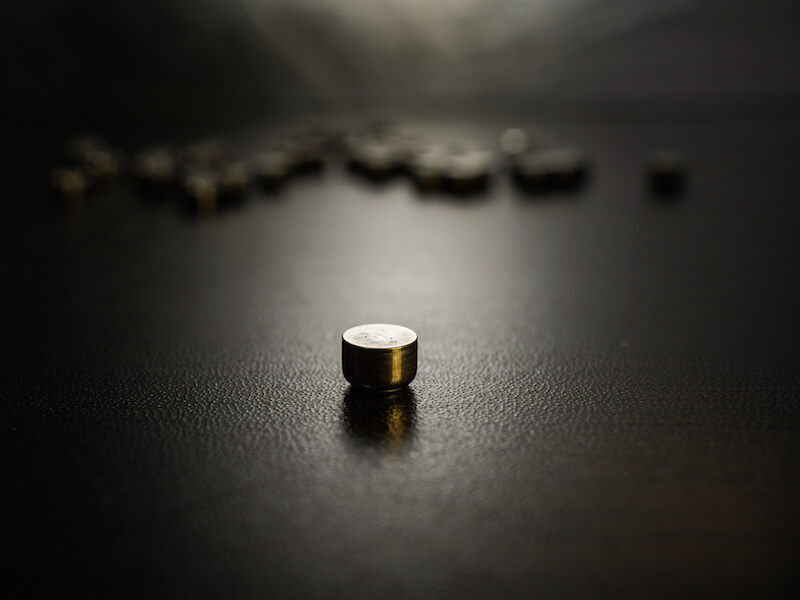
Contemporary technology has evolved the way we power electronics of all types, from radios to cameras to phones. A robust, rechargeable hearing aid battery is finally realizing the hopes of hearing aid manufactures to replace the outdated disposable power sources of the past.
Size 312 batteries are the most common of the disposable batteries that have traditionally been used to power hearing aids. Nowadays, the most popular version of these batteries is known as a “zinc-air” battery.
Disposable Hearing Aids Have a Disadvantage
As the name would imply, a zinc-air battery is affected by the presence of air. The user needs to tear a little tab off the back of a 312 zinc-air battery to activate it.
They will start draining power the moment they are fully oxygenated. That means power is beginning to deplete even if the user isn’t ready.
Most users consider the length of life to be the most significant disadvantage of disposable batteries. Some reports have estimated the standard life expectancy of a size 312 disposable battery to be from 3 and 12 days, which means users may have to switch out their batteries around 120 times every year.
Because of this, besides needing to purchase 120 batteries, the user will have to switch and correctly dispose of batteries at least two times a week. That’s probably over $100 in batteries from a cost perspective alone.
Advancements in Rechargeable Batteries
Rechargeable hearing aid technology has advanced to the point where it’s now a practical solution and that’s great news for people who wear hearing aids.
The vast majority of people would wear rechargeable hearing aids if given a choice according to some studies. Previously, these models were not practical because they didn’t keep a charge long enough. However, recent advancements now enable a full day of use per charge.
Users won’t see significant cost savings by switching to rechargeable batteries, but where they will see an obvious improvement is in quality of life.
On top of supplying 24 hours of use time, these contemporary models result in less frustration for the user, since there’s no more changing and correctly disposing of batteries. Instead, they only need to take out the battery and place them in a convenient tabletop charging unit.
A disposable battery approaching the end of its life simply can’t function at full power. And you can’t tell how close the battery is to failing. So the batteries might die at the exact moment that a user needs them the most which might even put them in danger. Not only is this a safety concern, but users may miss important life moments because of a faulty battery.
Hearing Aids Come in Different Types
Rechargeable batteries come in a number of different materials, each offering distinct advantages. Integrated lithium-ion batteries are one option being used by manufacturers because they can hold a charge for 24 hours. And cellphones are powered by this same kind of battery which might be surprising.
Silver-zinc technology is another material used for today’s rechargeable hearing aids. This innovative technology was initially developed for NASA’s Apollo moon missions. You can even use this technology to upgrade and retrofit the existing hearing aids you’re comfortable with by converting the device to rechargeable power. Just like lithium-ion, silver-zinc can also supply enough power to last you for a full day.
Some models even let you recharge the battery while it’s still in the hearing aid. For these, users will slip the entire hearing aid on a charging station when they sleep or during another time when the device is not in use.
While all of these rechargeable solutions offers significant benefits over disposable batteries, each option should be carefully vetted to get a complete picture and to discover if it’s right for you.
If you’re looking for more information about hearing aid technology or how to pick the proper hearing aid to meet your needs, we encourage you to check out our hearing aids section.